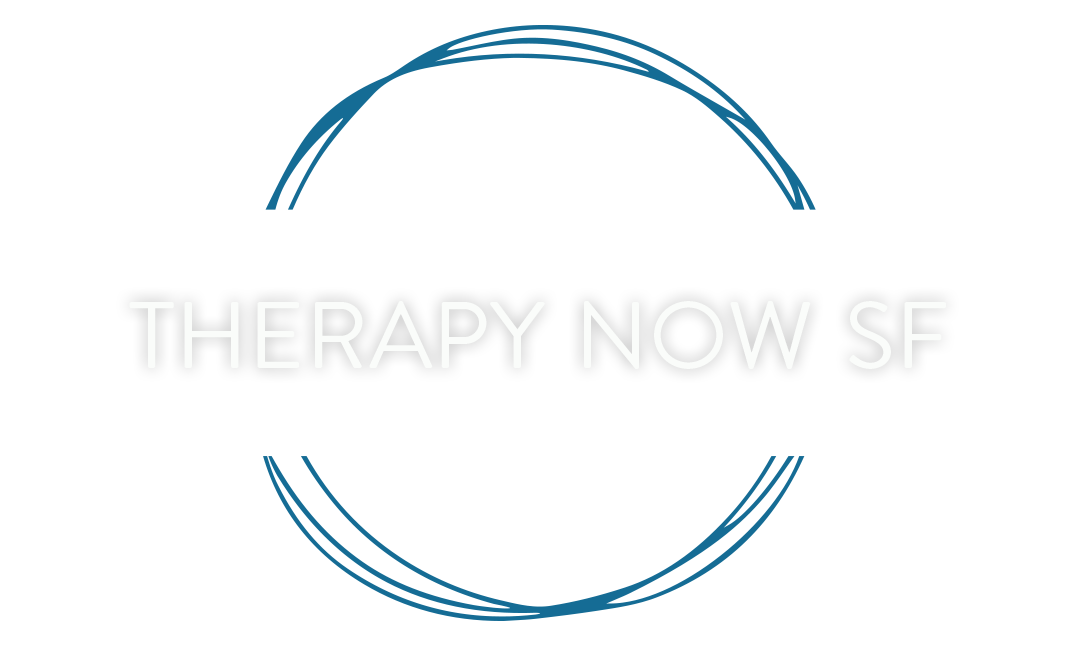Unlocking Your Potential: Effective Goal Setting in CBT
By Dr. Andrea Zorbas
Goal setting is essential in Cognitive Behavioral Therapy (CBT) because it provides direction and focus to the therapeutic process. Clients are able to work toward long-term behavioral change and greater mental well-being by creating clear, attainable goals. In this blog, we will look at the significance of goal setting in CBT, highlight the benefits, and offer advice on how to develop effective objectives that are aligned with personal values and priorities.
The Benefits of Goal Setting in CBT
The following are some of the many benefits of effective goal setting in CBT:
Improved motivation and commitment: Clearly defined goals can help clients stay motivated and committed to therapy by providing a roadmap for success.
Enhanced focus and clarity: Setting precise objectives helps clients focus on what is most important and ensures that both the therapist and the client are working toward the same ends.
Better understanding of personal values: Goals based on personal values can help clients make meaningful improvement and find greater satisfaction in their accomplishments.
Boost self-confidence and self-efficacy: As clients work toward their objectives and achieve success, they typically gain a greater belief in their ability to create positive changes in their life.
Setting SMART Goals in CBT
When setting goals in CBT, it is important to follow the SMART criteria:
Specific: Goals should be well-defined and explicit, stating exactly what the client wishes to accomplish.
Measurable: Goals must contain a method for tracking progress, such as quantifiable benchmarks or milestones.
Achievable: Goals should be realistic and attainable, taking the client's resources, abilities, and limitations into account.
Realistic: Goals should be relevant to the client's needs, values, and priorities, as well as be consistent with the overall goals of the treatment.
Time-bound: Goals should be time-bound in order to create a sense of urgency and motivation.
For example, a SMART goal might be: "I will reduce my anxiety symptoms by practicing relaxation techniques for 15 minutes daily, with the goal of reducing my anxiety levels by 50% within three months."
Goal Setting Tips for CBT
Work with a CBT therapist: Establish goals with your therapist that address your individual needs and concerns. They can provide useful insights and recommendations to assist in the development of personalized objectives.
Align goals with personal values and priorities: Base your goals on your values and priorities to ensure that they are meaningful and relevant to you. This will improve your motivation to strive towards your goals.
Break down long-term goals into smaller steps: Big goals can feel overwhelming. To make the process more manageable, divide it into smaller, digestible pieces.
Review and revise goals on a regular basis: Your needs and circumstances may change as you work through therapy. Review your goals with your therapist regularly and make adjustments as needed to ensure they stay relevant and attainable.
Monitoring Progress and Celebrating Success
Maintaining motivation and commitment to therapy requires tracking your progress and celebrating your accomplishments. To track your progress, use tools like journaling, checklists, and progress charts. Reflect on and learn from setbacks, and do not forget to recognize and enjoy your victories along the journey.
Conclusion
Goal setting is a key tool in the CBT process, helping clients to realize their potential for long-term behavioral change and personal growth. Clients can make significant progress toward greater mental well-being and live a more fulfilling life by adopting goal setting and working closely with a CBT therapist.
